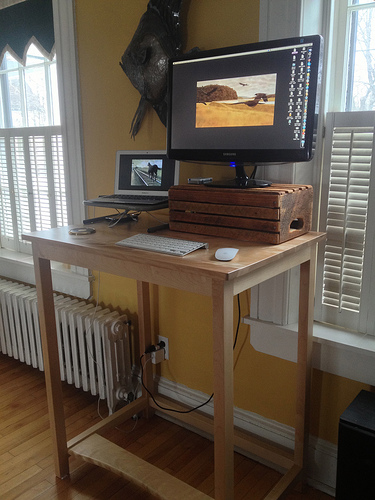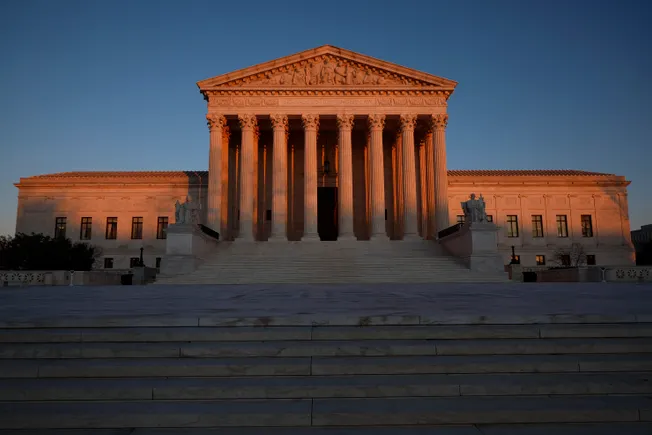The Industrial Revolution, beginning in late 18th-century Britain and spreading throughout Europe, North America, and eventually other parts of the world, was a period of rapid technological, economic, and social transformation. While it significantly advanced production, transportation, and trade, it also posed serious challenges for urban and regional development. The unprecedented growth of industries and migration to cities created new imperatives for town and regional planning, giving rise to modern urban planning practices.
1. Urbanization and Rapid Growth of Towns
- The Industrial Revolution triggered mass migration from rural areas to urban centers for employment in factories and industries.
- Cities like Manchester, Birmingham, and Liverpool in England experienced explosive population growth, often doubling or tripling within decades.
- This unplanned urban expansion led to overcrowding, congestion, and haphazard street layouts, highlighting the need for organized urban planning.
Impact on Town Planning:
- Necessity for systematic street layouts, housing, and public spaces.
- Emergence of worker housing schemes, often in the form of row houses or tenements near factories.
- Early zoning concepts to separate residential areas from industrial zones.
2. Public Health and Sanitation Concerns
- Industrial cities faced poor sanitation, contaminated water, and inadequate drainage systems, leading to outbreaks of cholera, typhoid, and other diseases.
- Air and water pollution from factories exacerbated health problems.
Impact on Town Planning:
- Development of sewage systems, piped water supply, and waste disposal facilities.
- Inclusion of public parks and open spaces to improve air quality and provide recreation.
- Planning emphasis shifted toward health, hygiene, and habitability, laying the foundation for the public health movement in urban design.
3. Industrial Land Use and Zoning
- The concentration of factories required large areas for production, storage, and transport.
- Residential and commercial areas were initially mixed with industrial sites, causing conflicts and health hazards.
Impact on Town and Regional Planning:
- Introduction of zoning principles, separating industrial, residential, and commercial districts.
- Planning incorporated buffer zones such as parks or green belts between factories and homes.
- Emergence of regional planning, considering industrial locations, labor supply, and transportation networks across multiple towns.
4. Transportation and Infrastructure Development
- The Industrial Revolution introduced railways, canals, and improved road networks, transforming regional connectivity.
- Towns developed around railway stations, ports, and canals, creating new urban patterns and industrial clusters.
Impact on Town Planning:
- Streets, railways, and tram systems were integrated into urban layouts for efficient movement of goods and people.
- Regional planning considered industrial corridors and transport accessibility, influencing settlement patterns and economic development.
5. Socio-Economic Implications
- Industrialization created distinct social classes: wealthy industrialists, middle-class professionals, and working-class laborers.
- Town planning began to reflect social hierarchy, with wealthier neighborhoods planned with wider streets, gardens, and civic amenities, while workers’ quarters were more compact and utilitarian.
Impact on Regional Planning:
- Urban planners began addressing equitable distribution of resources, housing, and public facilities.
- Regional planning focused on integrating industrial, residential, and agricultural areas to support sustainable growth.
6. Emergence of Planning Movements
- Garden City Movement (Ebenezer Howard, 1898)
- Proposed self-contained towns with balanced industry, residences, and agriculture surrounded by green belts.
- Aimed to mitigate industrial pollution, overcrowding, and urban congestion.
- City Beautiful Movement (Late 19th Century, USA & Europe)
- Focused on aesthetic city design, wide boulevards, and monumental public spaces.
- Sought to promote civic pride and social order amidst the industrial urban chaos.
Impact:
- Influenced modern urban zoning, suburban development, and regional planning policies.
- Introduced the idea of planned communities, integrating environmental, social, and economic considerations.
7. Regional Planning Considerations
- Industrialization required planning beyond individual towns, taking into account regional resources, transportation networks, labor markets, and industrial clusters.
- Governments and planners began implementing infrastructure projects at a regional scale, such as ports, railways, and river navigation systems.
- Modern regional planning concepts like economic zones, industrial corridors, and metropolitan planning authorities have their roots in post-industrial revolution developments.
8. Technological Influence on Planning
- Industrial technology allowed mass construction, mechanized transport, and improved building materials, influencing urban design.
- Factories, warehouses, and bridges required specialized planning and engineering.
- Innovations in lighting, water pumping, and sanitation influenced residential and commercial layouts.
9. Long-Term Impacts
- The Industrial Revolution transformed town and regional planning into a scientific, systematic discipline.
- Key legacies include:
- Zoning regulations and planned neighborhoods.
- Integration of sanitation, transportation, and public amenities.
- Regional planning frameworks connecting multiple urban centers.
- Emergence of sustainable urbanism, balancing industrial growth with environmental and social needs.
Conclusion
The Industrial Revolution profoundly impacted town and regional planning, turning unstructured settlements into organized urban systems. Rapid urbanization, industrial expansion, public health crises, and technological advancements necessitated a scientific approach to urban design. Movements such as the Garden City and City Beautiful emerged as solutions to industrial challenges, influencing modern urbanism. The revolution not only reshaped cities physically but also established planning as a professional discipline, laying the foundation for contemporary urban and regional planning practices worldwide.





















